The government has "paved the way", the business community and people should together go straight into the global semiconductor race!
The Government recently issued the "Strategy for developing Vietnam's semiconductor industry to 2030 and vision to 2050" and approved the Program "Developing human resources for the semiconductor industry to 2030, with a vision to 2050" with the goal of turning the country into a global semiconductor and electronics industry center.
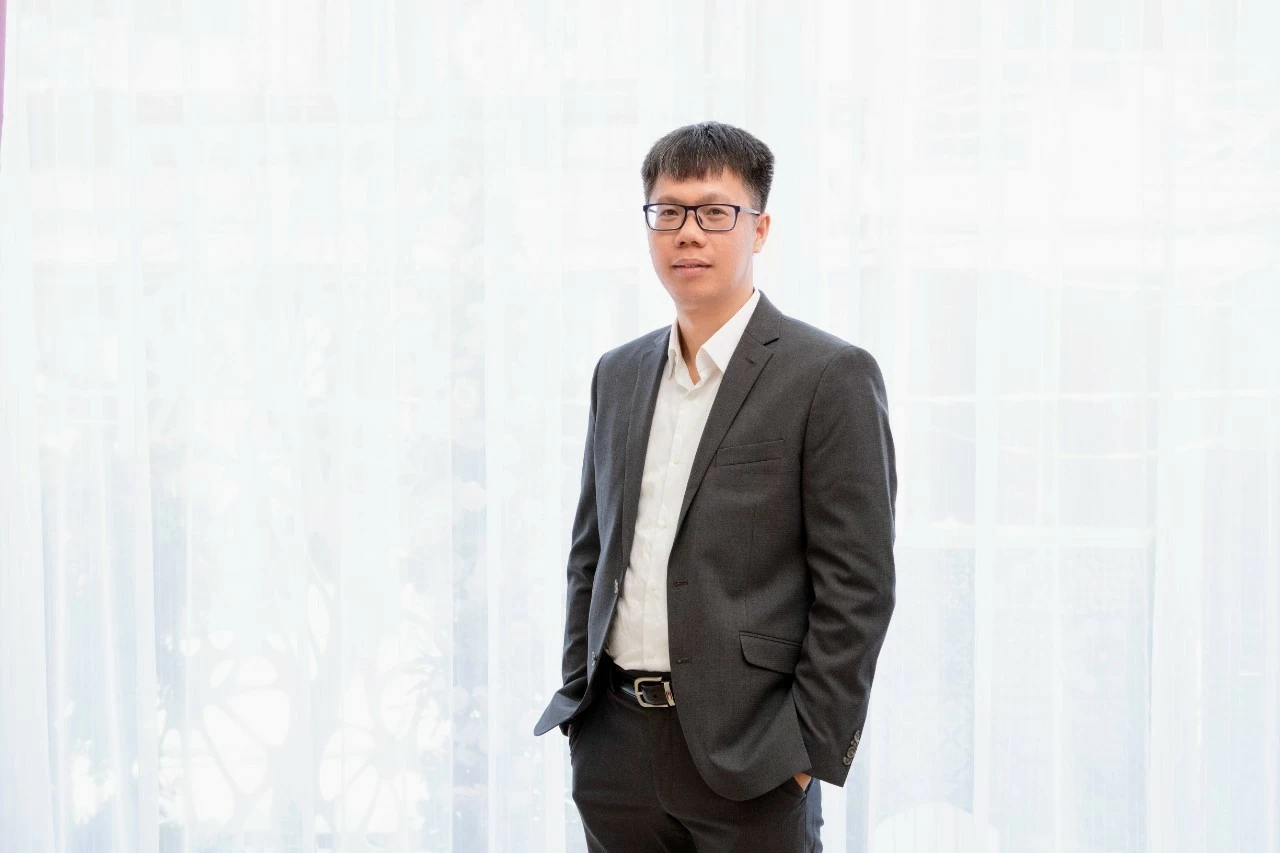 |
| Mr. Nguyen Thanh Yen, General Director of CoAsia Semi Company (Korea) in Vietnam, member of the board of directors of the Vietnam Microchip Community. |
Reporter of World and Vietnam Newspaper had a talk with Mr. Nguyen Thanh Yen, General Director of CoAsia Semi Company (Korea) in Vietnam, member of the Board of Directors of Vietnam Microchip Community about the development of Vietnam's semiconductor industry.
Vietnam has many advantages.
As someone who has been involved in the microchip and semiconductor industry for many years, what is your opinion on the Vietnam Semiconductor Industry Development Strategy to 2030 and Vision to 2050 recently issued by the Prime Minister?
The development of rich and developed countries in the world today all have important contributions from the semiconductor industry. As the world is entering a new period of development, “digital resources” play a decisive role in almost every field.
However, to develop the semiconductor industry requires large human resources, highly qualified experts, and a very long-term vision.
The Vietnam Semiconductor Industry Development Strategy to 2030, with a vision to 2050, recently issued by the Prime Minister, is a document demonstrating the highest level of political determination, helping to create trust and unify cooperation from all organizations.
This is the legal basis for maximizing the country's resources in the next specific action programs to gradually realize the goals set out in the strategy, so that Vietnam can become an important part of the global semiconductor supply chain.
In the semiconductor industry, it takes at least 3-5 years for a product to go from idea to commercialization. Therefore, a vision limited to 5 or 10 years is not enough. In this period of time, it is difficult to position or have a clear direction for the development of the Vietnamese semiconductor industry.
| Among the top 15 largest semiconductor companies in the world, the number of Vietnamese engineers has increased significantly. This team of skilled engineers acts as an “anchor” to keep famous companies in Vietnam. |
The strategy issued by the Government has a vision of nearly 30 years - a period long enough to shape the architecture of the industry by clearly identifying key output products in each stage, which can be completely measured and counted.
This helps us quantify the effectiveness of each program, thereby promptly providing solutions and necessary adjustments to achieve the set goals.
As a Vietnamese engineer, pursuing the field of chip design for more than 20 years, I feel encouraged. It can be affirmed that in the past 20 years, the field of my profession has never received such attention from the Government, society and the mass media.
This proves that the problem is clear, our job now is how to successfully implement this strategy together.
What is the potential for the development of Vietnam's semiconductor industry, sir? What are Vietnam's outstanding advantages?
Firstly, Vietnam has a very special geographical location, is an area that accounts for a large proportion of the global semiconductor market and is considered to be the place that shapes the future development of this field. Stable politics, optimal location in terms of logistics costs... are also outstanding advantages of the country.
Second, over the past 20 years, Vietnam has had a workforce of more than 5,000 chip design engineers. The country’s engineers have proven their ability in their work, thereby winning the trust of foreign managers.
Currently, in important chip design projects of organizations, Vietnamese engineers are assigned to highly specialized and challenging tasks. In addition, more and more large companies are deciding to set up offices or expand the scale of chip design engineers in Vietnam.
In recent years, the number of Vietnamese engineers among the top 15 largest semiconductor companies in the world has increased significantly. This team of skilled engineers acts as an “anchor” to keep famous companies in Vietnam.
In addition, every year, we have more than half a million students applying for university entrance exams. This is a very impressive number, ensuring human resources for any investment and development plan for the semiconductor sector in Vietnam.
Third, possessing the second largest rare earth reserves in the world and not yet being exploited massively could also be an advantage for Vietnam. Rare earths are important input materials used in chip factories.
Fourth, the US - the cradle of the world's semiconductor industry - and Vietnam have upgraded their relationship to a Comprehensive Strategic Partnership. Vietnam is among the few countries, along with Costa Rica, Mexico, Panama, Indonesia, and the Philippines, that the US has publicly supported in diversifying the semiconductor supply chain, specifically the test packaging (ATP) sector.
Obviously, Vietnam has many advantages in attracting investment and cooperation in the semiconductor field.
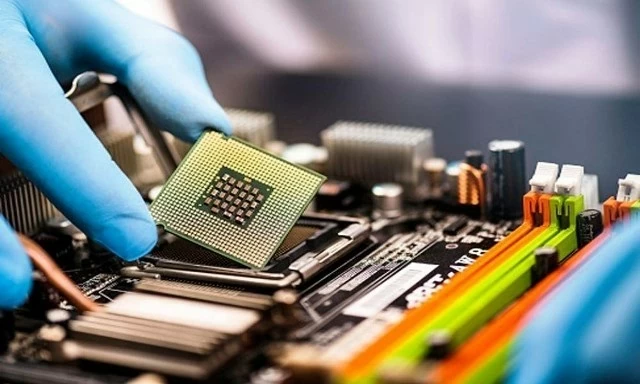 |
| Vietnam has many advantages for sustainable development of the semiconductor industry. (Source: MPI) |
Lack of sufficient motivation
What about the difficulties and challenges, sir? And what should Vietnam do to proactively overcome them?
Ownership is particularly important in the semiconductor value chain. The fabless model (designing their own chips) is highly profitable because they own the product. Owning the product and mass producing it in large quantities is the key factor that creates high profits in the semiconductor value chain.
When viewed from this perspective, the Vietnamese semiconductor industry has almost no significant foundation because our ownership is still very low. Almost all semiconductor-related enterprises in Vietnam are foreign direct investment (FDI) companies.
As for chip design companies, Vietnam has nearly 50 companies. However, most companies in Vietnam still act as a branch providing human resources for parent companies headquartered abroad.
Besides, when we have a technological idea, a patent, but if we do not have a factory, the technology and patent will only remain on paper. Only when we have a factory can we narrow the technology gap. This is also a big challenge that Vietnam needs to solve.
| Vietnam can absolutely invest in the fabless company model to serve the demand for importing semiconductor components. The later we participate, the higher the investment cost will be. The important thing is how determined we are to do it. |
I believe that, with the network of overseas Vietnamese working in this field along with the current team of engineers, the country can completely form domestic companies, gather a team of skilled engineers working together, gradually upgrading the "ownership" in the semiconductor value chain.
Vietnam can absolutely invest in the fabless company model to serve the demand for importing semiconductor components. The later we participate, the higher the investment cost will be. The important thing is how determined we are to do it.
In your opinion, what should the Vietnamese business community do to join the wave of semiconductor industry development, thereby moving deeper into the global semiconductor industry chain?
Perhaps, we are lacking a strong enough driving force to act as a glue to bring the team together to work for a greater purpose.
I assume a scenario as follows: If Vietnamese businesses agree to solve the country's biggest challenge, which is to pool capital to build a waferfab factory (semiconductor factory), this will be a very practical and meaningful thing to do. The reasons are:
Firstly, the factory has capital contributions from enterprises, which will promote the business model of being a friend rather than a competitor. This also ensures that enterprises can easily access customers, convince electronic equipment manufacturing enterprises in Vietnam (including FDI enterprises), replace some imported components in products such as televisions, air conditioners, washing machines, lighting, smart homes, etc.
Second, the factory can start with chips serving the government sector such as ID card chips, SIM card chips... This ensures regular initial orders for the factory, minimizing the risk of not having orders for the factory to operate.
Third , that factory will be the "leading bird" leading the entire ecosystem to follow, sponsoring startups in Vietnam, thereby positively impacting the startup ecosystem and attracting other partners to set up factories in Vietnam.
"Untangling" human resources, making steady progress in the market
The Ministry of Planning and Investment has submitted to the Prime Minister for approval the Human Resources Development Program for the semiconductor industry in Vietnam with the goal of training at least 50,000 human resources with university degrees or higher, and 1,300 lecturers with specialized training in semiconductors by 2030. In your opinion, what are the current difficulties in training human resources for the semiconductor industry in Vietnam?
When talking about chips, we are talking about mass production in extremely large quantities. A design when put into production will create hundreds of millions of chips. Therefore, just a small mistake in the design can ruin the whole chain, greatly affecting the business.
| Vietnam is lacking large domestic enterprises to lead. This limits the initiative in the output market for training, posing a significant challenge for human resource training planning. |
For this reason, engineers in this field are very conservative. The more experience an engineer has, the more valuable he or she is, leading to companies often giving priority to recruiting experienced human resources.
Therefore, the most difficult thing about training human resources in the semiconductor industry is that there is no way to create a mass of experienced engineers.
Currently, Vietnam lacks large domestic enterprises to lead, limiting the initiative in the output market for training, posing a significant challenge for human resource training planning.
In addition, Vietnam does not have a complete semiconductor ecosystem, which indirectly affects the quality of training. This is a challenge that is not easy to solve overnight for universities in preparing facilities and teaching staff.
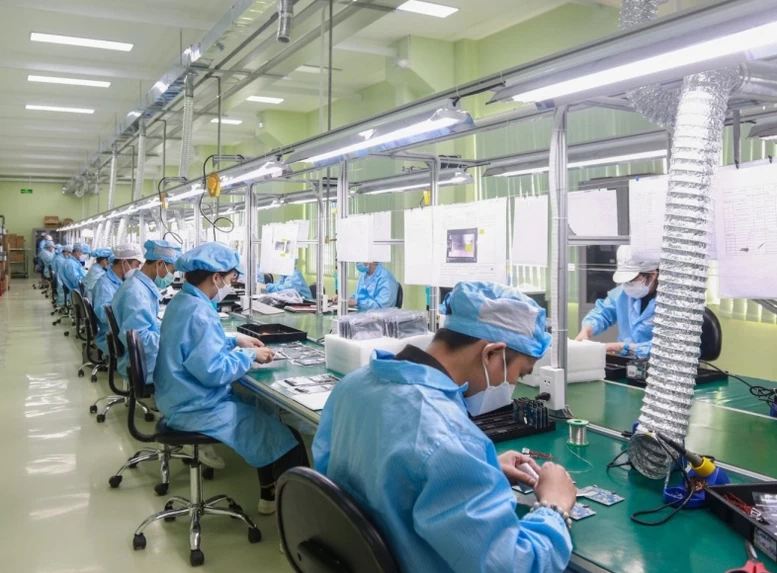 |
| Vietnam does not yet have a complete semiconductor ecosystem, which indirectly affects the quality of training. (Source: VGP) |
What needs to be done to "untangle" the problem of training human resources in the semiconductor industry to achieve the goal of training at least 50,000 human resources with university degrees or higher by 2030, sir?
The nature of the number 50,000 employees is 50,000 jobs, this is an output problem for human resource training, not necessarily a training problem.
This is related to the policy of how to create more new jobs for the semiconductor industry. Chips will become more and more complex, so the demand for human resources in this industry will continue to increase on a global scale. Job opportunities for Vietnamese human resources should not be limited to the geographical scope of the country.
From the business side, we can temporarily divide the needs into two. First, the need to recruit experienced engineers, who can work immediately. Second, the need to recruit new engineers every year for the long-term development strategy of the business.
Businesses also understand that if they do not recruit new graduates, recruiting experienced engineers will become increasingly difficult. Therefore, strengthening the foundational knowledge of students will help accelerate the maturation process of "new recruits", positively affecting the annual recruitment rate of new graduates of businesses.
Textbooks are basically the same everywhere. The difference is how people interact with textbooks.
During the process of directly talking and observing students, I realized that if a student diligently does his homework, he will have more content and confidence when answering the interview questions compared to a student who only focuses on reading to understand/grasp the content to serve the goal of passing the exam.
The same goes for semiconductor training. This will contribute to increasing the annual recruitment rate of new graduates by companies.
In addition, practical and concrete cooperation between schools and businesses in training microchip-oriented subjects is also something that can be done immediately.
The shifting trend of large corporations in the world puts Vietnam at a "once in a thousand years" moment in the semiconductor industry. The government has "paved the way", the business community and people should together go straight into the global semiconductor race!
Thank you!
Source: https://baoquocte.vn/nganh-cong-nghiep-ban-dan-viet-nam-canh-cua-moi-da-mo-cung-tien-thang-vao-duong-dua-294151.html


![[Photo] "Beauties" participate in the parade rehearsal at Bien Hoa airport](https://vstatic.vietnam.vn/vietnam/resource/IMAGE/2025/4/11/155502af3384431e918de0e2e585d13a)

![[Photo] Looking back at the impressive moments of the Vietnamese rescue team in Myanmar](https://vstatic.vietnam.vn/vietnam/resource/IMAGE/2025/4/11/5623ca902a934e19b604c718265249d0)





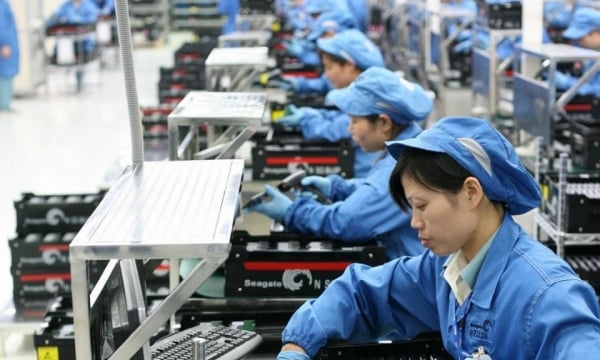








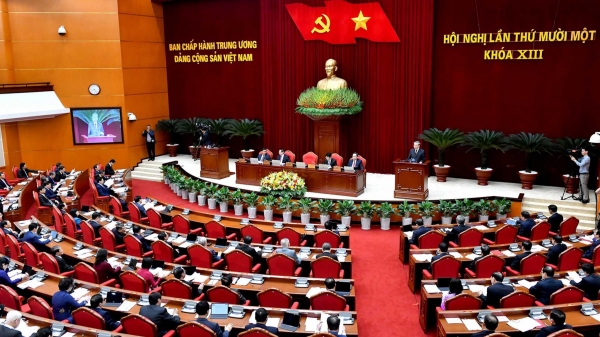









![[Photo] Summary of parade practice in preparation for the April 30th celebration](https://vstatic.vietnam.vn/vietnam/resource/IMAGE/2025/4/11/78cfee0f2cc045b387ff1a4362b5950f)












































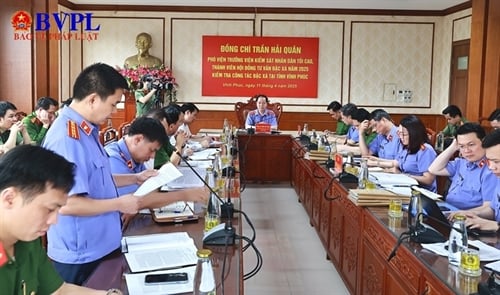














Comment (0)